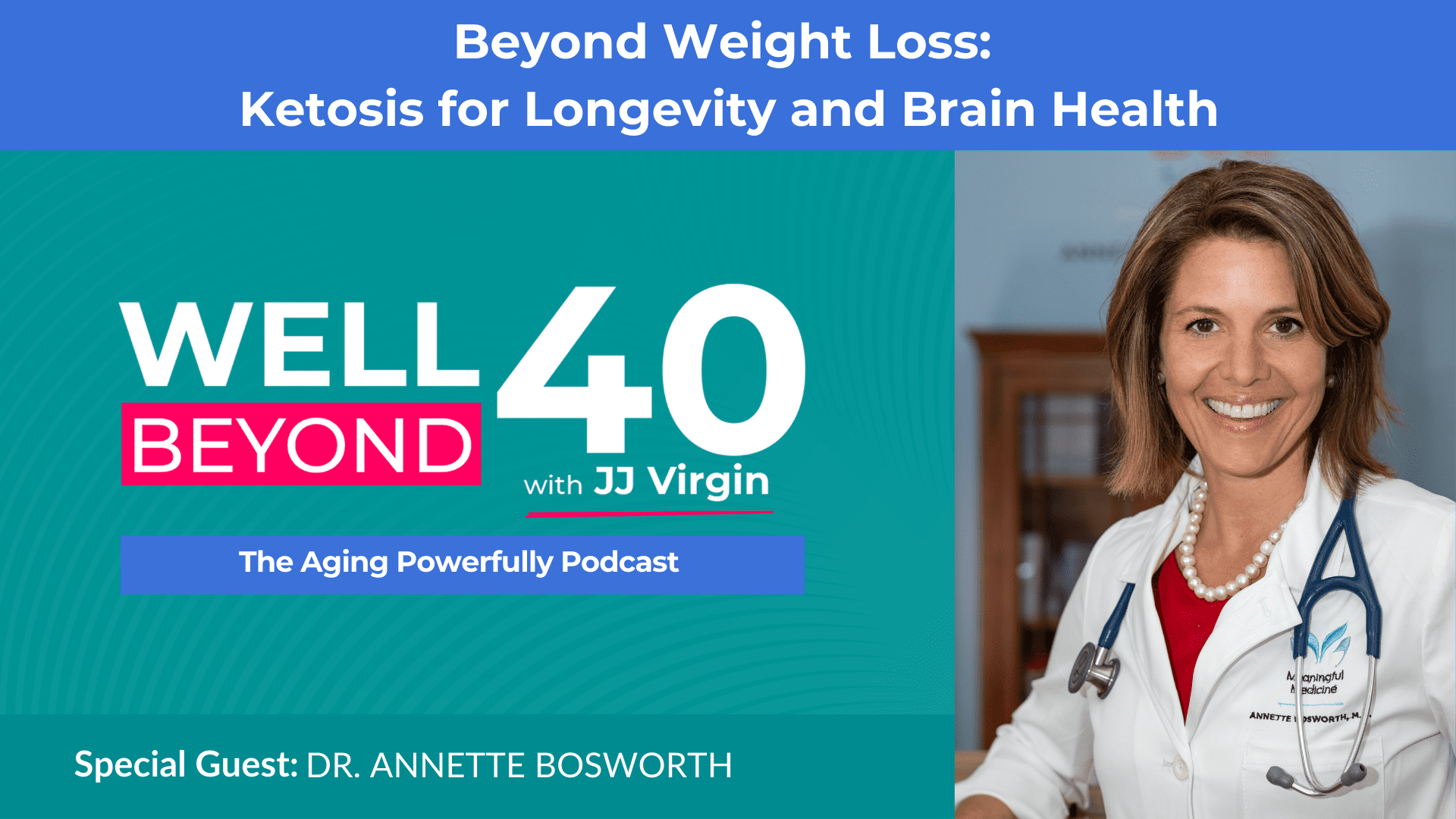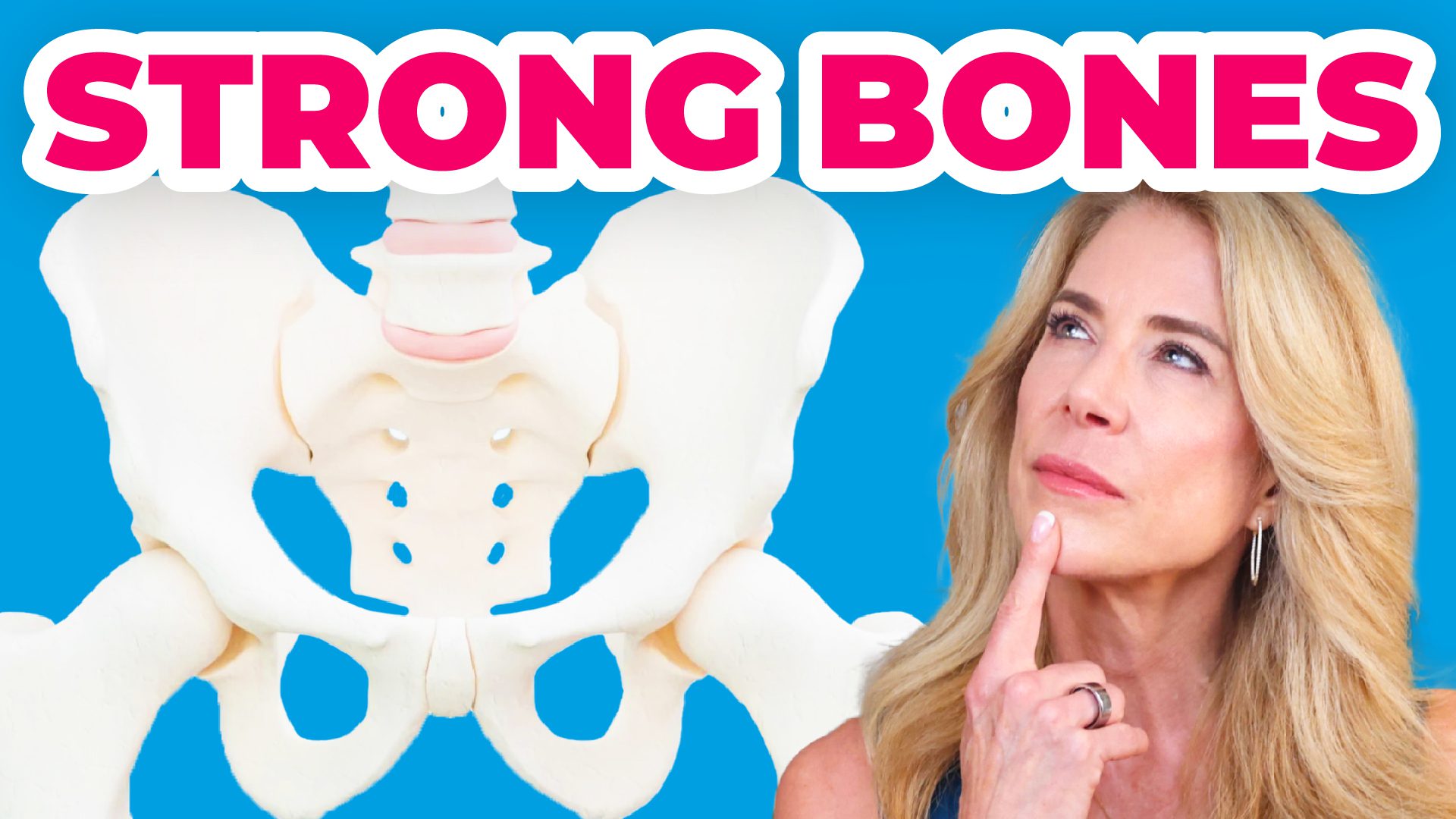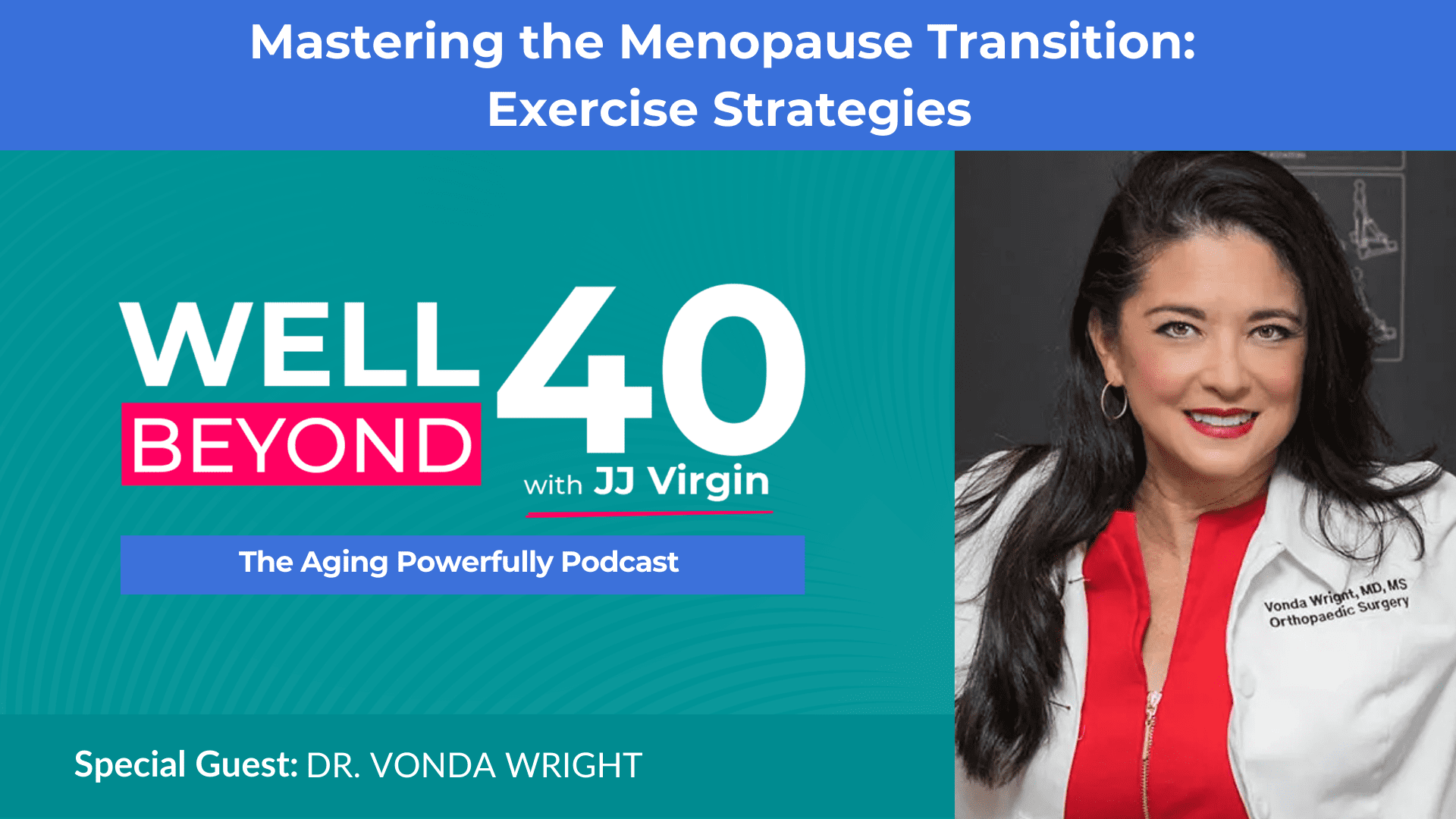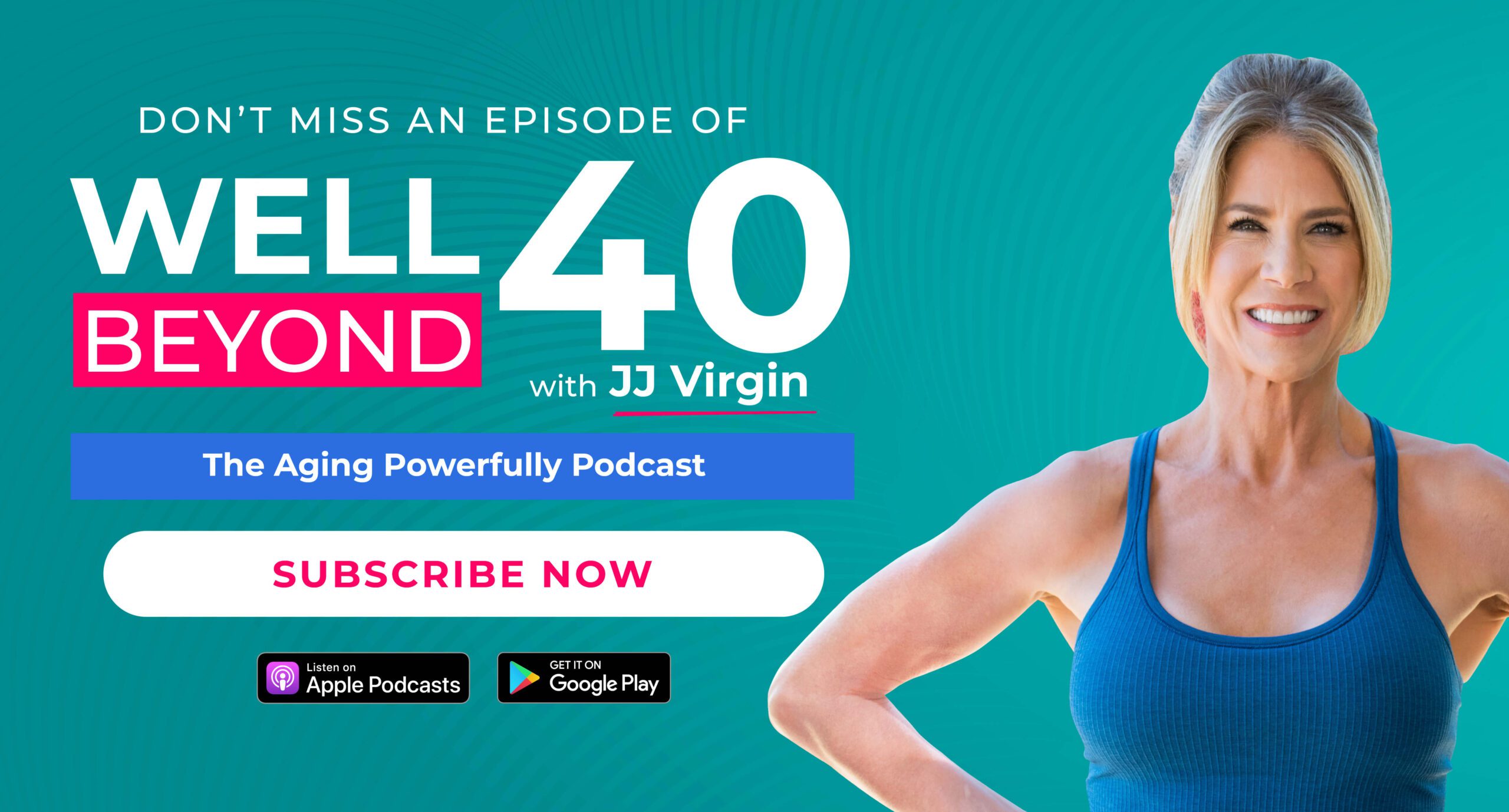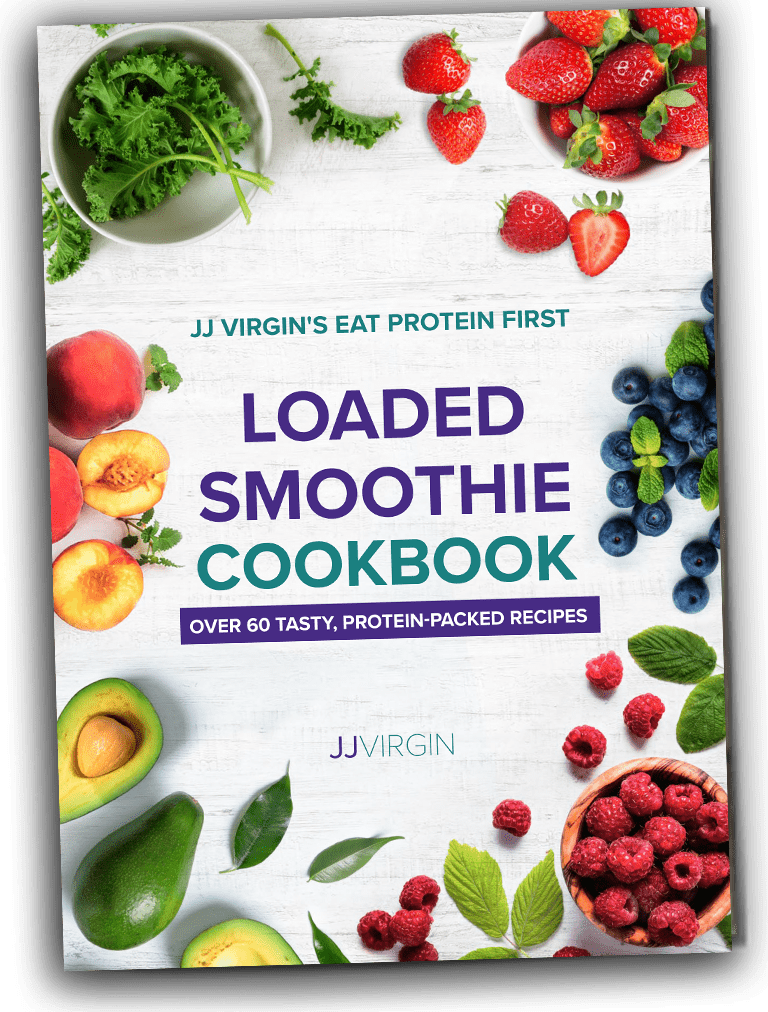Your Guide to Recomping for Women Over 40
We’re diving into one of the biggest myths in fitness: that you can’t lose fat and build muscle at the same time. Spoiler alert—you absolutely can! In this episode, I’m breaking down the essentials of recomposition, a strategy that allows you to shed fat and gain muscle, even if you’re navigating the hormonal changes of perimenopause.
Join me as I reveal the five key components of successful recomping. We’ll start with the importance of protein intake and how to calculate the right amount for your target body weight. Discover why resistance training is your best friend in this journey, and how specific exercises can maximize your muscle gain. Plus, learn about the role of sugar impact, non-starchy vegetables, and healthy fats in your diet to help you achieve your fitness goals.
I’ll also share practical tips on how to increase your daily movement, track your progress with the right tools, and use diet cycling to combat diet fatigue and keep your metabolism revving. From my personal struggles with fitness plateaus to the science-backed strategies that worked for me, this episode is packed with actionable advice that you won’t want to miss.
Timestamps
00:01:03- Can you lose fat and build muscle simultaneously? JJ reveals the truth about body recomposition.
00:01:30- How much protein you need, its role in muscle synthesis, and how to prevent muscle loss during weight loss.
00:02:42- Lowering sugar impact: The surprising effects of sugar on fat gain and muscle loss.
00:03:16- Resistance training essentials: Why stimulating muscle is crucial for building and maintaining strength.
00:04:42- Understanding energy expenditure: The role of metabolism and activity in fat loss and muscle gain.
00:06:04- Movement throughout the day: Simple ways to increase activity and improve health.
0:06:43- Diet cycling explained: Dr. Bill Campbell’s approach to combating diet fatigue and promoting muscle gain.
Resources Mentioned in this episode
7-Day Eat Protein First Challenge
Download my free Resistance Training Cheat Sheet
Track your protein & macros with Cronometer App
Episode Sponsors:
Try Timeline. Use code JJ10 for 10% off all products
Try Qualia Senolytic backed by a 100 day money back guarantee, and use promo code VIRGINWELLNESS to get 15% off!
I’m JJ Virgin, Ph. D. dropout, sorry mom, turned four time New York Times bestselling author. Yes, I’m a certified nutrition specialist, fitness hall of famer, and I speak at health conferences and trainings around the globe, but I’m driven by my insatiable curiosity and love of science to keep asking questions.
Digging for answers and sharing the information I uncover with as many people as I can. And that’s why I created the Well Beyond 40 podcast to synthesize and simplify the science of health into actionable strategies to help you thrive. In each episode, we’ll talk about what’s working in the world of wellness, from personalized nutrition and healing your metabolism, to healthy aging and prescriptive fitness.
Join me on the journey to better health so you can love how you look and feel right now and have the energy to play full out at 100.
Wouldn’t it be great if you could lose fat and build muscle at the same time? Well, guess what? You can, and you know what? It’s simpler than you think. I’m going to break down the exact routine that can help you achieve this, even if you’re dealing with the hormonal shifts of perimenopause. It’s a myth that you can’t lose fat and put on muscle at the same time.
This is known as recomping, and there are the Five things you need to do to make this possible. First one, protein. Now you’re going to want to eat at the higher end of protein. So my recommendation is 0. 7 to one gram per pound of target body weight. And I made it simple for you. If you don’t love math, you can go to my protein calculator at jjvirgin.com/ the number seven, seven day. When you lose weight, if you are not careful, you can lose anywhere from 20 to 30 percent of that weight From lean tissue, and of course a lot of that is muscle. One of the ways to make sure that you don’t lose that is by eating enough protein. When you eat protein, your body is going to use the loosing within that protein to trigger muscle protein synthesis so that your body can Make more muscle.
So I know my minimum now for 40 plus is 30 grams of animal or 40 grams of plant base to start the day off and to end the day. 100 grams or more overall. But again, I do this based on your target body weight. So when I know that you’re eating protein first, You’re not going to be hungry, which is going to allow you to go into a caloric deficit.
You’re going to be more satisfied. You’re going to have what your body needs in order to hold on to it and build muscle. The next one is to lower your sugar impact. You could be eating the same amount of calories, right? You could be in caloric restriction, but if you’re eating a lot of sugar, it can make you actually gain more fat around your waistline and lose more muscle.
And so your other food should be less fat. Lots of non starchy vegetables, a little bit of fruit, some healthy fats like avocados, nuts and seeds, wild fish, slow low carbs. We want to make sure that you’re losing fat and holding on to our building muscle. So where those calories come from matter. The next important thing is resistance training.
In order for you to be able to build muscle, you’ve got to stimulate that muscle. And that’s all about resistance training. So it can Repair, recover, and put on more muscle. In order for you to put on muscle, the best real range for you to do this is to work in about anywhere from 6 to 30 repetitions of an exercise and then do repeated sets of it, about a two minute rest break in between.
When we’re doing resistance training, I like to divide the body into three different parts for this. Upper body pushing, That’s things like push up and overhead presses and dips, upper body pulling. That’s things like bent over rows and upright rows and pull ups and then hip and thigh hinging. And that’s things like squats and step ups and deadlifts.
When you’re first starting out, it’s actually going to be a lot easier for you to build muscle. The fitter you get, the harder it is for you to continue to push and improve. But you can push and improve by adding in more repetitions, by adding in More sets by increasing the tempo by increasing the weights or there are a variety of ways to improve right so you can always find a way.
So resistance training is critical for building muscle but again you have to do more than what your body is used to and continue to progress so your body will continue to adapt. Beyond that we want to make sure that you’re moving more. When I think about my metabolism and really dropping fat and holding on to our building muscle, one of the key things here is.
Energy expenditure. You have your resting metabolic rate, which is about 50 to 60 percent of your overall calories. You have the thermic effect of food, which is 5 to 10 percent of your calories. And we know protein is the most thermic of the macronutrients. 20 to 30 percent of those calories are used in assimilation and digestion.
The other piece of your metabolism is activity. And that’s moving more. And here’s the thing that we know is quite often as we start to restrict calories, our body actually starts to conserve and move less. And so what I teach people to do is to make sure that you are tracking your activity. You can do this with an Oura Ring, an Apple Watch, a Garmin, but check how many steps you’re doing a day.
Make sure that you’re getting minimally 8, 000 a day. Ideal goal though is really 12, 000 or more. And that you are doing this on the regular. So how do you get more movement throughout your day? And of course, what we measure and monitor, we can improve. So I really like tracking all of this super important is number one, think of getting a standup desk, because we want to think of standing rather than sitting and moving rather than standing.
Then think about getting a walking pad. And I’ll put the ones that I like in the show notes. Because now you can do some of your meetings, either pace around with a headset or get on that walking pad so that you can move more all throughout the day as well and then track those steps. Then you can increase the intensity of those steps.
So think about how you can move more throughout the day, especially if you can move after your meal, especially that evening meal to lower the blood sugar response of it, improve digestion and help you with sleep. Number one, if you live in a Hilly area, that’s an easy way to increase the intensity. Get out there and move on the hills.
Number two, you can move faster. So that could be a little jog or just kick up your speed. Or number three, you can add a rucking vest. You’re kind of adding that weight back in and burning more calories. Think of this as, what do I need to do so my body has to adapt to get stronger? Now, in order for you to be able to drop body fat, you have to be in a caloric deficit, but you want to still be able to build muscle.
So here’s the way that you can do it That’s going to help combat the diet fatigue and may help offset some of that muscle loss and help you actually gain muscle. And it’s diet cycling. And this is from the work of Dr. Bill Campbell. You figure out your maintenance calories first. You figure out your maintenance calories by doing a macro audit using a food tracking app.
I like Chronometer. And then seeing how many calories you need for maintenance. And then what you do for five days of the week is you take a 25 percent caloric restriction. So if you needed 2000 calories for maintenance, this would be 1500 calories a day for five days, two days a week, you go back to your maintenance calories, 2000 calories, and then repeat.
And you keep going with this until you hit a plateau. And if you hit a plateau where you’re not able to drop body fat, then reassess your diet. Assess your maintenance calories ’cause they might have downshift a little bit. Now, one of the big reasons we wanna make sure that we’re really focusing on holding onto our better yet putting on muscle as we drop fat is you’re gonna avoid a lot of that metabolic adaptation, that metabolism downshift that can happen as we lose weight.
You’re gonna need to track, right? You’re gonna need to use a food tracking app. And I’m gonna really emphasize when you do this food tracking app, you wanna weigh your food. It is not enough to just, you know, here’s this. Nope. Actually weigh it with a food scale so you really see exactly what you’re taking in.
This doesn’t need to be forever, but this is a game changer. It’s the first thing I do when someone comes to me and goes, I’m stuck, I’m not losing anymore. I go, let’s track and let’s make sure we’re weighing in. It’s non negotiable for me, non negotiable for anyone that I work with. Be sure to join me next time.
It’s time for more tools, tips, and techniques you can incorporate into everyday life to ensure you look and feel great and are built to last. Check me out on Instagram, Facebook, and my website, jjvirgin. com. And make sure to follow my podcast at subscribetojj. com so you don’t miss a single episode. And hey, if you’re loving what you hear, don’t forget to leave a review.
Your reviews make a big difference in helping me reach more incredible women just like you to spread the word about aging powerfully after 40. Thanks for tuning in and I’ll catch you on the next episode.
Hey, JJ here. And just a reminder that the Well Beyond 40 podcast offers health, wellness, fitness, and nutritional information that’s designed for educational and entertainment purposes only. You should not rely on this information as a substitute for, nor does it replace professional medical advice, diagnosis, or treatment.
If you have any concerns or questions about your health, you should always consult with a physician or other healthcare professional. Make sure that you do not disregard, avoid, or delay obtaining medical or health related advice from your healthcare professional because of something you may have heard on this show or read in our show notes.
The use of any information provided on this show is solely at your own risk.
Hide Transcript
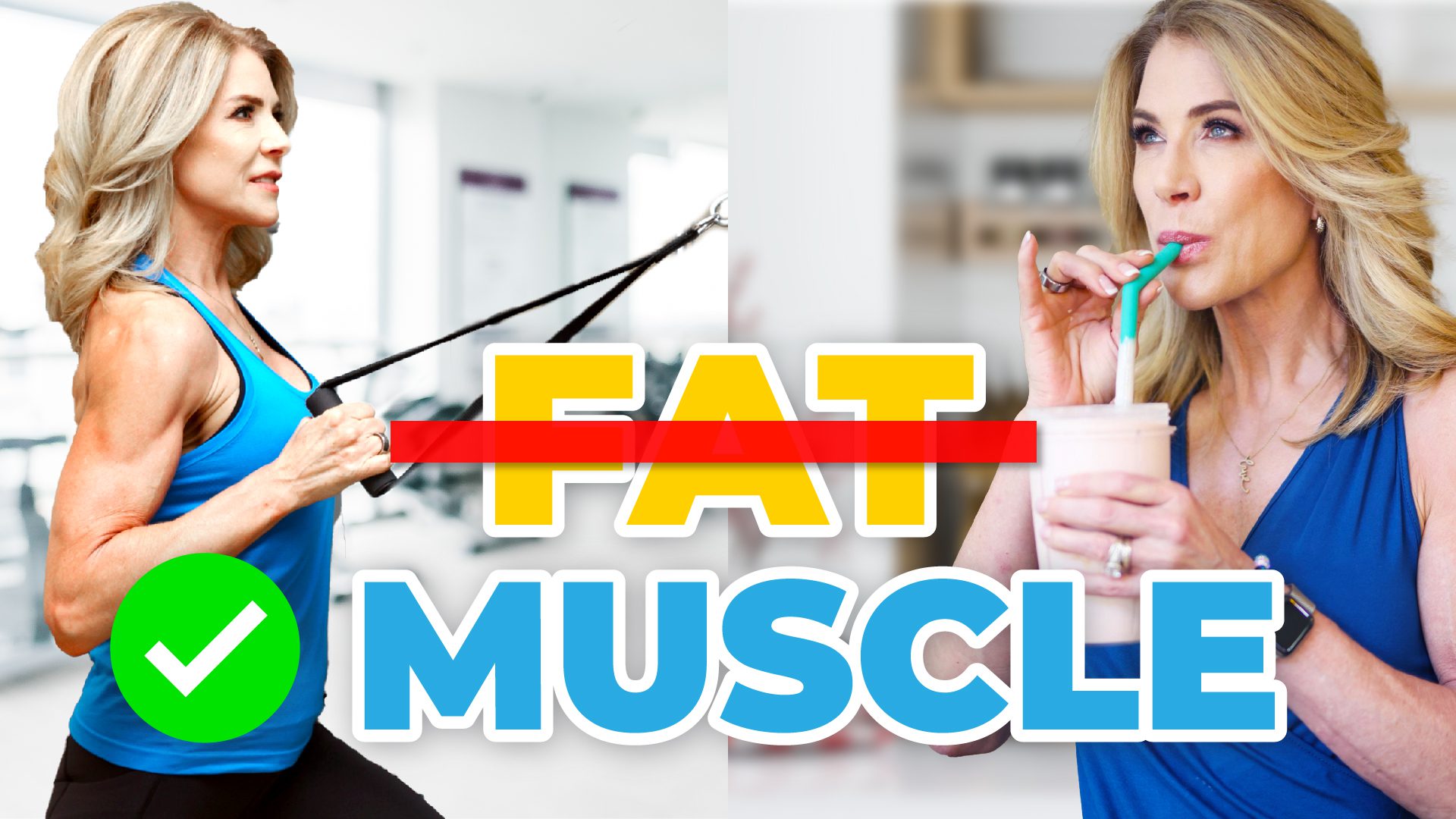
 Subscribe to our show
Subscribe to our show 